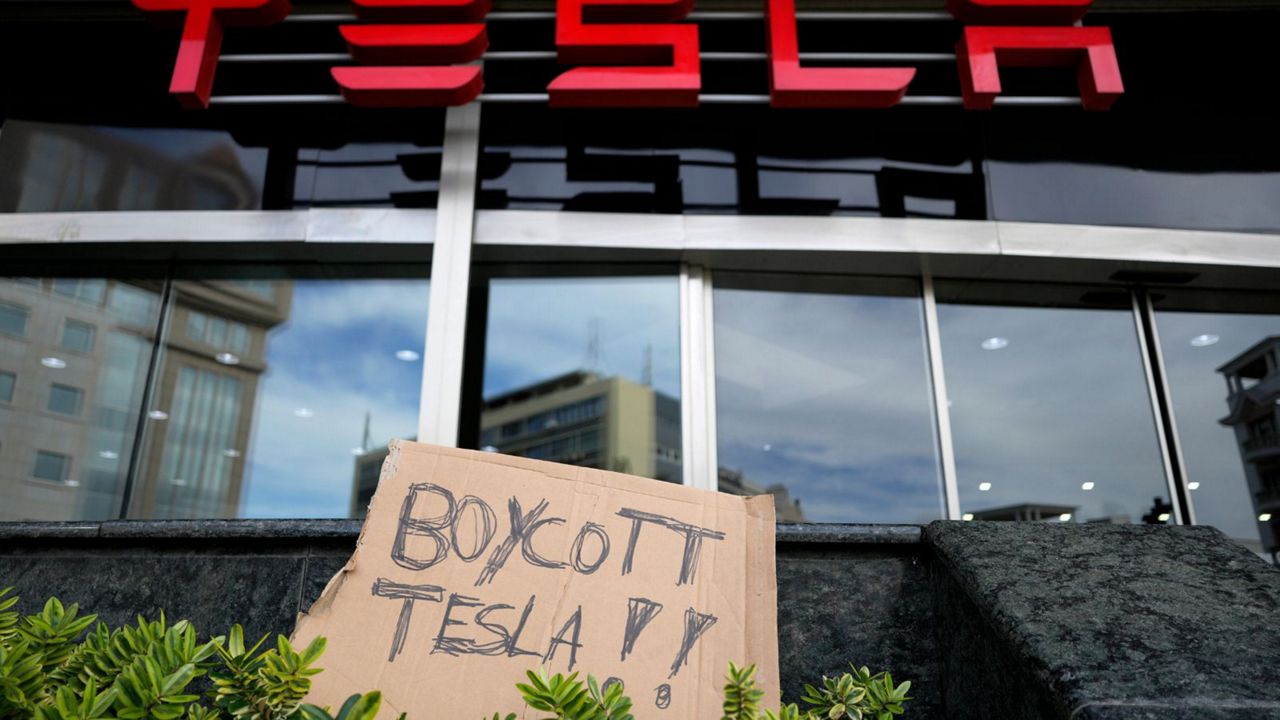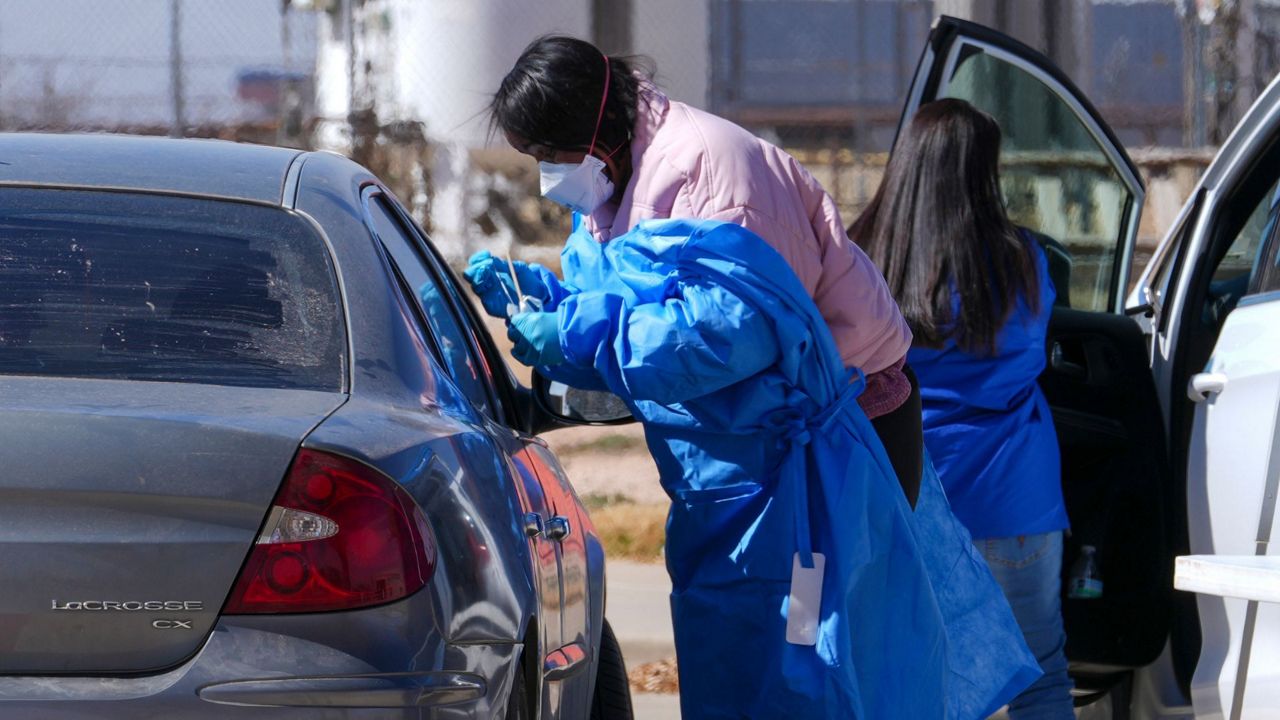AUSTIN, Texas — Texas school districts might be getting some major help in going green. A bill in the Texas Legislature is looking to ramp up resources to provide electric school buses.
Austin ISD is the first school district in Texas to go completely electric with its school buses by 2035, but it's already set to add three electric buses come September. This move is to better the planet and people.
Rubi Campuzano can spend up to 14 hours a day behind the wheel. She has been a bus driver for Austin ISD for eight years. Her kids also take the bus to school every day, so she’s looking forward to having a cleaner commute.
Data shows diesel school buses affect the health of students and drivers who are breathing in fumes over long periods of time.
“It gives you a headache, so if it can give you a headache, what else can it give you?” Campuzano said.
According to a report from the U.S. Centers for Disease Control and Prevention, “exposure to diesel pollution from transportation contributes to 3,700 heart attacks, 8,800 deaths, and $100 billion in health damages each year.”
“It will help our lungs, maybe survive a little longer, last a little longer,” Campuzano said.
Kris Hafezizadeh, Austin ISD's executive director of transportation, says a diesel bus costs around $100,000. An electric school bus is $380,000.
“It is four times higher,” Hafezizadeh said. “Plus you have to build your charging stations and other logistics.”
He says while the cost is a huge obstacle, so is having the time and resources to apply for funding. The district has also struggled to secure and apply for grants.
“Any help from any entity, we welcome that, he said.
That’s where Senate Bill 238 comes in.
Luke Metzger is the executive director for Environment Texas, which supports the bill. The nonprofit also partnered with Austin ISD to implement its electric bus system.
“This legislation would help make Texas school districts as competitive as possible,” he said.
Metzger says this bill will set up resources to help school districts apply state and federal dollars, like the EPA’s new Clean School Bus Program which will provide $5 billion over the next five years.
“It can be complicated to fill out a grant application for federal funding,” he said. “A lot of school districts might not even know this funding is available.”
An EPA report found one electric bus can eliminate 1,690 tons of carbon dioxide over its 12-year lifespan, the equivalent of taking 27 cars off the road.
“There’s also a lot of exciting opportunities to use these buses to help reinforce our electric grid, because these are moving batteries,” Metzger said.
Replacing diesel buses won’t just cut carbon emissions, it will also slash costs.
According to the EPA, “Each federal dollar invested in clean diesel projects has led to $11 to $30 in savings from public health benefits, and more than $2 in savings on fuel.”
“The price of electricity is much cheaper than diesel fuel, especially with how expensive gas and other petroleum products are these days,” Metzger said.
That means a safer, sustainable road ahead for bus drivers like Campuzano and her passengers.











